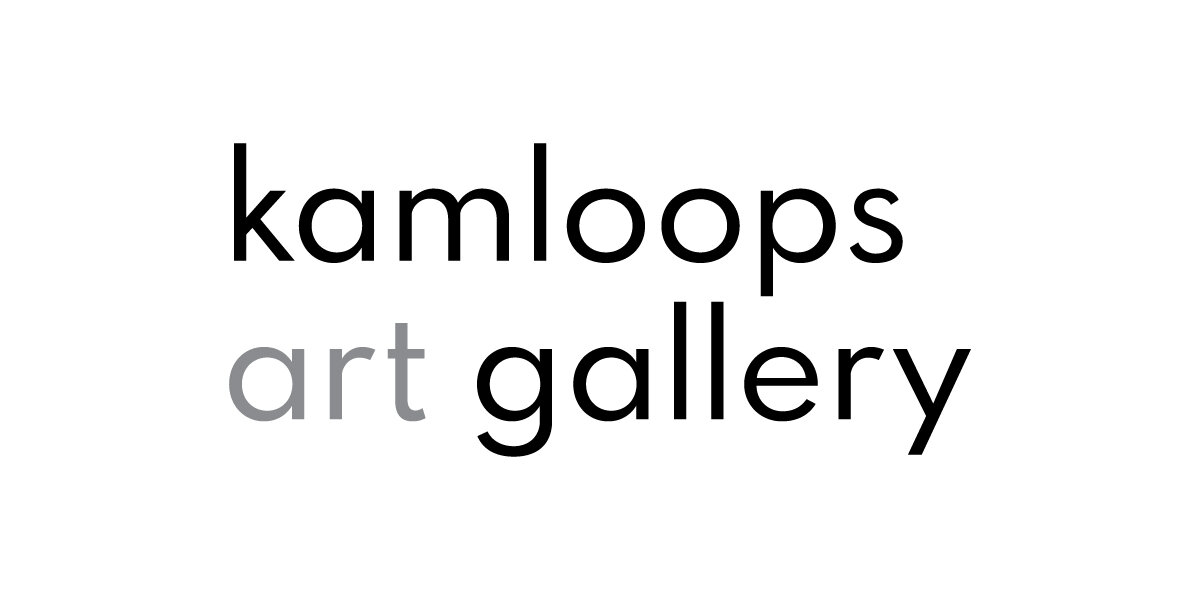Absurd Clay and Paper Blocks
SCHOOL PROGRAM LESSON PLAN – 4 to 6
Absurd Clay and Paper Blocks
Final Project Description:
Using the process of assemblage, students will create a small sculpture with air-drying clay, paint, feathers, bits of wood, metal, paper and fabric.
Description:
Through discussion, and in relation to works drawn from the exhibition, students will learn about the ideas and processes of Surrealism, assemblage, automatic and semi-automatic processes, absurdity and juxtaposition. Drawing from their imagination and memories of strange dreams, students will create a small sculpture using assemblage.
Theory (taken from the BC Curriculum PLOs)
Students will:
· Draft ideas for art-making using memory and imagination
· Use a range of materials and processes to create an art work
· Create 3D art works that respond to and reflect on aspects of historical and contemporary art
· Learn and use appropriate terminology
· Apply the principles of design in the creation of an art work
Creation & Analysis:
· Explain the ideas and processes: Surrealism, assemblage, automatic and semi-automatic process, absurdity and juxtaposition. Revisit and reference the works of Gary-Lee Nova, Immense Stone at Baalbec; Luanne Martineau, Lubber; and Geoffrey Farmer, Undifferentiated mass […] (see also Geoffrey Farmer’s The Surgeon and the Photographer in reference files and attached.)
· Can the students make sense of these images? What kinds of stories or narratives can they interpret from them? Do they seem absurd? Discuss.
· Ask students to think about their strangest dream. Using their scrap paper, have students jot down some of the most important or striking elements of this dream.
· Distribute cardboard squares and blocks of clay. Have students begin by writing their names on the piece of tape. Instruct students to use the clay and various materials to create a small sculpture that captures the elements of their dream. Explain how artists can use materials in a symbolic or allegorical manner so as to convey a message without being didactic.
Duration:
60 minutes in the studio: 10 mins on approach, 5 mins explaining the materials and technique, 40 mins on project, 5 mins for wrap up and possible discussion or look at other’s work to end class. Works will need to dry.
Materials:
· Air-drying clay
· Acrylic paint
· Brushes
· Scissors
· Pieces of wood, metal, fabric, feathers, paper (magazines and coloured)
· Glue
· Scrap paper for sketching ideas
· Pencils
· Squares of cardboard covered in plastic wrap
Look & Discuss:
How has this activity made them consider the works that they saw in the Gallery? Does creating a work like this change the way that they see works by other artists? Do they have an understanding of the process of assemblage? Do they understand the terms: Surrealism, absurdity, juxtaposition?
Prep:
· Prepare enough squares of cardboard for the class. Cover with plastic wrap, and adhere a strip of masking tape for the student to write their name
· Cut packages of clay in thirds and distribute with the cardboard – one per student
· Layout templates and examples
· Layout pieces of wood, metal, fabric, feathers and paper
· Layout paint and brushes
· Layout sketching paper and pencils
Take it further:
Ask students to look at each other’s work at the end of class to see how other students approached their project. How are they similar? How are they different? Has this activity made them aware of how meaning can be delivered through material? Are they surprised by the works made by their classmates?
SUPPLEMENTAL MATERIALS: IMAGES
Gary-Lee Nova, Immense Stone at Baalbec, 1968. Screenprint on paper, Collection of the Vancouver Art Gallery
Luanne Martineau, Lubber, 2003. Felt, wool. Collection of the Vancouver Art Gallery.
Gift of the artist.
Geoffrey Farmer, The Surgeon And The Photographer, 2009
365 puppet figures, fabric, found images, metal stands, 60 wooden plinths. Each figure approximately: 17 3/4 x 5 x 5 inches (45 x 13 x 13 cm). Courtesy Catriona Jeffries, Vancouver.
